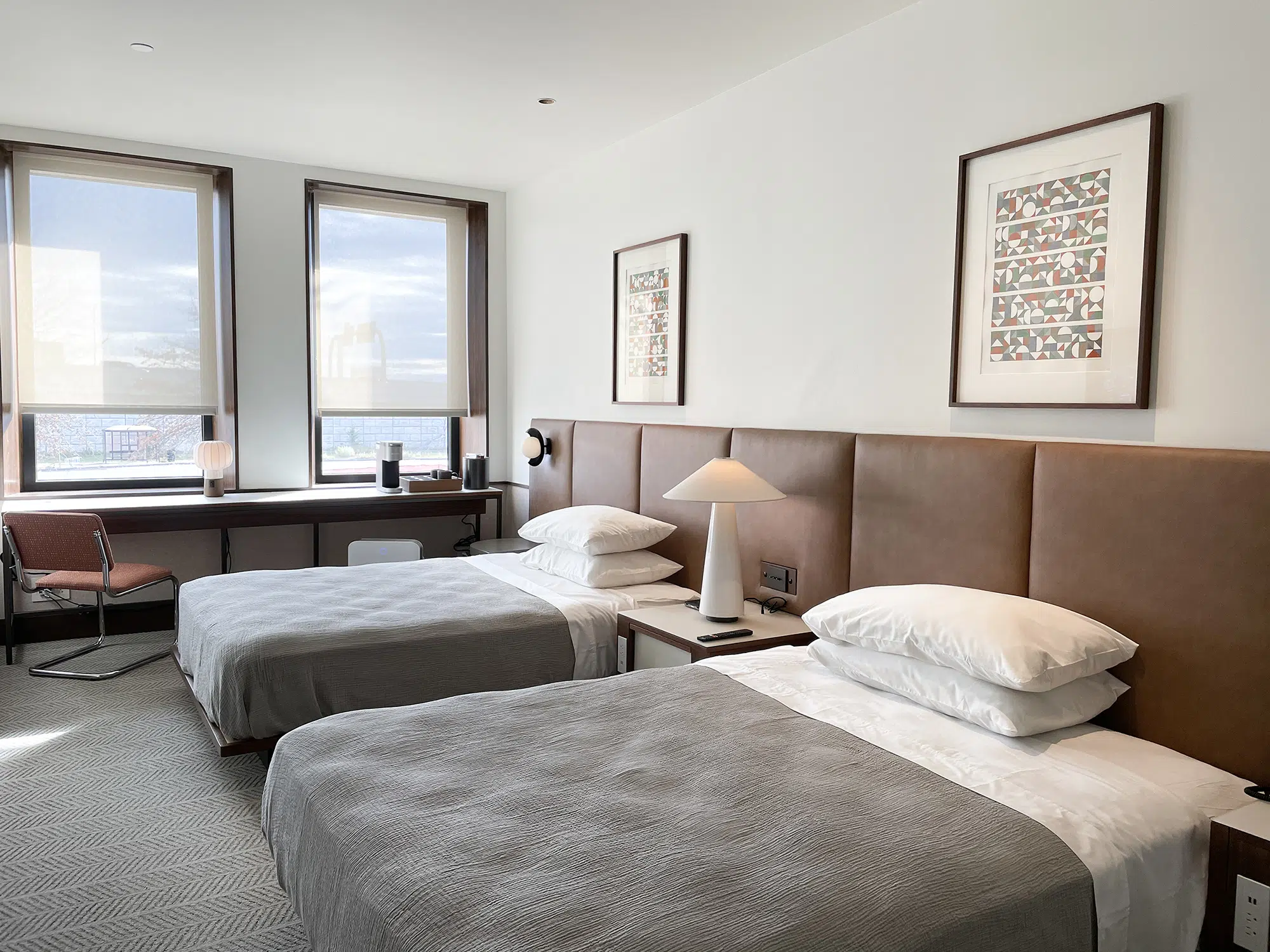In October 1973, OPEC introduced Americans to the term “oil embargo.” The first major energy crisis was upon us and gas stations took the brunt of the anger as long lines, rationing, alternate day schemes, and other attempts to mitigate the sudden loss of imported oil came into effect. But while transportation problems were the most visible result, many other changes were more quietly taking place.
The energy crises impacted the way architects designed spaces, especially commercial interiors. Prior to the oil embargo, these areas were typically illuminated with bright ceilings and fluorescent lamps. But as the cost of fuel increased the price of electricity, facility managers removed lamps, altered lighting layouts, and even removed or damaged ballasts and fixtures to limit the lightings use of energy. Designers responded by using more focused lighting and returning to daylighting strategies.
But daylight caused its own problems. Buildings designed around conditioned air were often basically sealed cubes, with limited or no openable windows and often large glass areas to allow the sun to shine in. Then, with air conditioning in the summer and heating in the winter provided by electricity, costs zoomed. Windows were covered, in many cases even boarded up, to cut the heat from the summer sun.
This was the era of Energy Star appliances and every-other-light-turned-off ceilings in stores and offices. The redesign of office space became a factor in energy conservation and new buildings were constructed with energy savings in mind. Automation of window treatments was high on the list of technologies explored to provide light while minimizing the heating effects of the sun that provided that light.
As architects strive for “net zero” energy buildings, every bit helps. Electric and utility companies usually have incentive programs to encourage customers to install and use more automated equipment and energy efficient lamps as a move toward reducing overall electricity consumption. Again, windows come under scrutiny as a source for energy conservation.
In New Haven, Conn., the Hotel Marcel will be innovative, both in its unique design elements inside and out, and incorporation of “smart” technology like PoE (Power over Ethernet) automated roller window shades. The Hotelwill also generate 100% of its own electricity, heat, and hot water with a rooftop solar array and solar parking canopies – making it the first “net-zero” hotel in the country.
PowerShades, a provider of manual and automated window shades for residential, commercial, and hospitality applications, was selected to outfit the new Hotel Marcel with more than 900 POE (power over ethernet) shades. The Hilton-branded hotel will feature automated shades in 165 guest rooms and meeting rooms throughout the building. The sale includes 468 dual shades (468 blackout shades and 468 solar), as well as 14 single blackouts and 14 single solar shades for a total of 964 PoE motors.
PowerShades’ “True PoE” shades offer all the benefits of the company’s RF automated product, but with a single CAT5 cable providing both power and communications, so there is no proprietary hard wiring necessary. The PoE motor is low voltage (under 50V AC), so it doesn’t require a licensed electrician for retrofit installation. With power coming from a single, central source, more information can be transferred on the network cable while improving reliability over traditional RF (radio frequency) solutions.
The shades in each guest room will be controllable by guests in two locations: a touchscreen located near the room entrance, as well as bedside buttons. A central control located at the hotel’s front desk will allow hotel staff to pre-program the shades to open and close at set times including check-in and check-out.
Shades can also be programmed in common areas and meeting rooms to reduce energy costs, taking advantage of the warmth of the sun during colder days and keeping rooms cool during the heat of the summer.
PowerShades has also been selected to outfit Caesars Republic Scottsdale, a new lifestyle-experience hotel in Scottsdale, Ariz., with over 700 PoE automated roller window shades. The first non-gaming hotel from Caesars Entertainment in the United States, Caesars Republic Scottsdale will feature PowerShades’ automated shades in 265 guest rooms.
The shades will also be installed in common areas throughout the hotel including a restaurant, bar and terrace, a modern fitness center, and a 7,000-sq.ft., free-span ballroom with state-of-the-art sound, internet, and AV systems. All windows in the guest rooms will feature both light filtering and room darkening fabric automated shades that can be controlled separately.
Additionally, guest rooms will be equipped with occupancy sensors that detect whether guests are in the room; when rooms are unoccupied, the blinds will be set to coordinate with the direction of the sun and open or close to optimize energy management.
PowerShades has significantly expanded their portfolio of shade fabrics, now featuring nearly 300 options, providing interior designers with a greater selection of shades, including the addition of decorative and blackout shades from some of the world’s most renowned textile manufacturers. With these additions to their fabric portfolio, PowerShades can fulfill every designer’s vision no matter what the application, whether it’s residential or commercial, and whether there’s a need for decorative, blackout, exterior or solar automated shades.
Want to tweet about this article? Use hashtags #construction #sustainability #IoT


